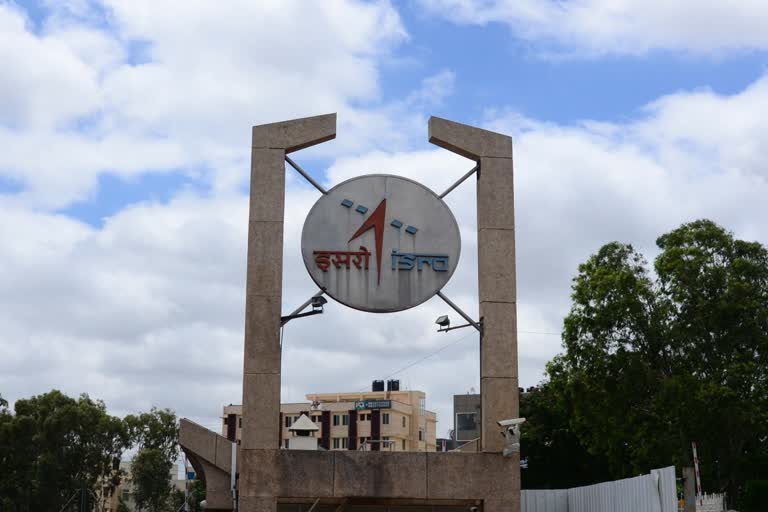Chennai: Indian space agency on Tuesday will bring down its decommissioned satellite Megha-Tropiques-1 (MT1) in a controlled manner along with French space agency CNES. The satellite is to impact an uninhabited location in the Pacific Ocean, Indian Space Research Organisation (ISRO) said. According to ISRO, it is gearing up for a challenging experiment of controlled re-entry of a decommissioned low Earth orbiting satellite, namely Megha-Tropiques-1 (MT1), on March 7, 2023.
MT1 was launched on October 12, 2011, as a joint satellite venture of ISRO and the French space agency, CNES for tropical weather and climate studies. Although the mission life of the satellite originally was to three years, the satellite continued to provide valuable data services for more than a decade supporting regional and global climate models till 2021.
The ISRO said the UN/IADC space debris mitigation guidelines recommend deorbiting a LEO (Low Earth Orbit) object at its end-of-life, preferably through controlled re-entry to a safe impact zone, or by bringing it to an orbit where the orbital lifetime is less than 25 years. It is also recommended to carry out "passivation" of on-board energy sources to minimise the risk of any post-mission accidental break-up. The orbital lifetime of MT1, weighing about 1,000 kg, would have been more than 100 years in its 20 degree inclined operational orbit of 867 km altitude.
About 125 kg on-board fuel remained unutilised at its end-of-mission that could pose risks for accidental break-up. This left-over fuel was estimated to be sufficient to achieve a fully controlled atmospheric re-entry to impact an uninhabited location in the Pacific Ocean, ISRO said. Controlled re-entries involve deorbiting to very low altitudes to ensure impact occurs within a targeted safe zone.
Usually, large satellites/rocket bodies, which are likely to survive aero-thermal fragmentation upon re-entry, are made to undergo controlled re-entry to limit ground casualty risk. However, all such satellites are specifically designed to undergo controlled re-entry at end-of-life, ISRO said. MT1 was not designed for end of life (EOL) operations through controlled re-entry which made the entire exercise extremely challenging.
Furthermore, the on-board constraints of the aged satellite, where several systems had lost redundancy and showed degraded performance, and maintaining subsystems under harsher environmental conditions at much lower than originally designed orbital altitude added to the operational complexities.
